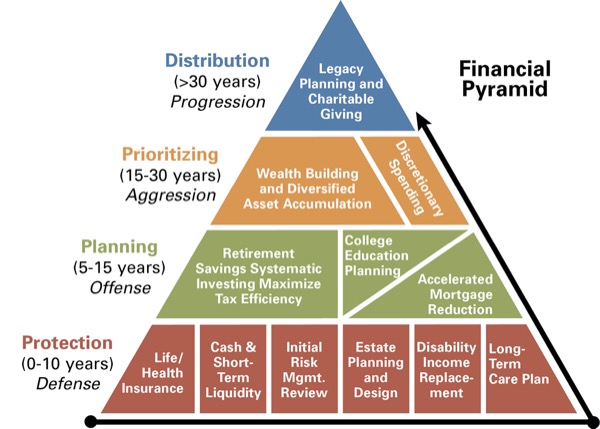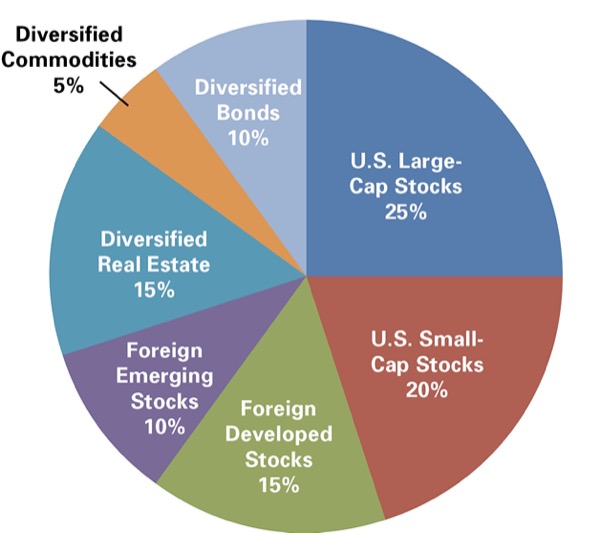Planning for retirement is a priority for most physicians,
but with hefty student loan debt, home mortgages and car loan payments, about
one in five say they are behind schedule. For many, the pandemic has added a
new level of uncertainty, as investment and income-related losses mount.
At the 2020 virtual Clinical Congress of the American
College of Surgeons, Edward M. Barksdale Jr., MD, FACS, FAAP, described his
family’s personal financial journey over the past three decades, offering some
perspective and a road map for surgeons.
Before diving into specifics, Dr. Barksdale stressed the
importance of understanding and staying true to who you are and what you value.
“My identity and values were carved by my childhood and
early adult experiences,” said Dr. Barksdale, the surgeon-in-chief at
University Hospitals Rainbow Babies & Children’s Hospital, and a professor
of surgery and pediatrics at Case Western Reserve University School of
Medicine, in Cleveland.
At a young age, he saw how financially savvy and frugal his
parents were. His father, a mailman, and his mother, a sock seamstress, grew up
during the Great Depression, which shaped a careful approach to saving.
“I learned the importance of living below your means and
planning for rainy days,” Dr. Barksdale said. “But I also had a different
philosophy than my parents. It wasn’t just save, save, save. I wanted to enjoy
life without being wasteful.”
In 1994, after 10 years of medical training and accruing
$50,000 in student loan debt, Dr. Barksdale embarked on his career in pediatric
surgery. In that first year, Dr. Barksdale and his wife established their
priorities—buying a home and starting a family—and created a budget and savings
strategy to support those aims.
“After a year, we realized we didn’t have the time or
insights to meet our goals, so we decided to hire a financial planner, someone
who had experience working with other academic physicians, someone who we felt
we could trust,” Dr. Barksdale said.
Trust is key for Dr. Barksdale, more important than getting
the highest financial return.
“I’m a relationship person, and I wanted to find someone who
would get to know me and understand my risk tolerance,” he said.
To get started, the couple’s financial advisor presented a
four-tier financial pyramid (Figure 1). The first rung—the protection
phase—allowed the Barksdales to establish a protective shell, a foundation for
saving and investing over the next decade. This meant getting life and health
insurance, purchasing a home and putting 10% of their income, outside of a
401(k), into savings.

About five years in, the next stage—the planning phase—began.
The aim of this more proactive period is to accelerate retirement savings,
mortgage payments, college education funds for their growing family and,
lastly, allow them to plan for emergencies.
Having this infrastructure helped Dr. Barksdale and his wife
weather several unexpected expenses in 1998: a major electrical house fire, for
which they were underinsured, and a decision to move their son from public to
private school after he was diagnosed with a reading-based learning disability.
Although the family adjusted by making changes to their
monthly budget, these surprises highlighted the importance of building a
financial foundation that could bend, but would not break, under pressure.
Handling personal surprises and fluctuations in the market over 25 years has
left Dr. Barksdale rather unfazed by the current crisis.
“I don’t get too shaken by any one downswing because the
market will eventually recover,” Dr. Barksdale said. “The key is to reassess
your financial plan and remain flexible.”
Dr. Barksdale is currently in the third tier of the
financial planning pyramid—prioritizing or wealth building. In this highly
aggressive phase, the goal is to rapidly grow and diversify investments,
maximize contributions and cut discretionary spending in preparation for
retirement.
Personalizing a Financial Strategy
Key questions: What can my money do for me? What are my
aspirations in 10, 20 and 30 years?
For Edward M. Barksdale Jr., MD, FACS, FAAP, those
priorities come down to family, home, education and planning for retirement.
But priorities may be different for others, which is why Dr.
Barksdale advises young surgeons to reflect on their personal goals “over a
steering wheel, dinner table or the pillow,” and “find a financial adviser you
can grow with over time.”
“How we manage our finances isn’t just about how much money
we have; it’s also about how much life we have gained in the process,” he said.
Following the Road Map (Financial Pyramid)
Protection (zero to 10 years)
- Build a strong foundation by investing in
insurance
- Establish a budget and cash flow
- Develop a savings strategy: 10% of income
Planning (five to 15 years)
- Boost retirement savings and investments
- Save for college education
- Accelerate mortgage payments
- Plan for emergencies
Prioritization (15-30 years) (Figure 2)
- Build wealth and diversify investments
- Reduce discretionary spending
Distribution/Retirement (>30 years)
- Consider charitable contributions and family
legacy
- Make plans for the estate
- Enjoy retirement!

Although retirement, the final phase, is still almost 10
years away, Dr. Barksdale is already thinking about the legacy he wants to
leave behind. In the last few years, he and his wife gathered their four
children for a family meeting after the Christmas holiday to discuss the family
assets and how to shift from the concept of financial success to one of social
significance.
One cause in particular speaks to Dr. Barksdale. He and his
wife support women and children who have been abused and neglected.
“In my work, I see fragile children who suffer from living
with fragmented families and women who lack security,” he told General Surgery
News, recalling a 2-year-old and 3-year-old who were brought to the hospital
with gunshot wounds on the previous night. “Some of these children will never
get stronger while living in broken places.”
Dr. Barksdale supports shelters for women and children, and
in 2019, started the Antifragility Initiative—a hospital-based violence
intervention program for children who have experienced severe interpersonal
violence, such as gunshot or stab wounds. Since launching the program, more
than 80 teenagers have been connected to therapy, mentorship or other services.
For Dr. Barksdale, the pandemic has brought the relationship
between his financial goals and life priorities into sharper focus.
“The pandemic has helped me recognize the importance of the
intangible,” he said. “Tangibles are money; the intangibles are mental health
and the love of my family. Money is a tool but it’s not the end goal.”
Click here for the
original article.